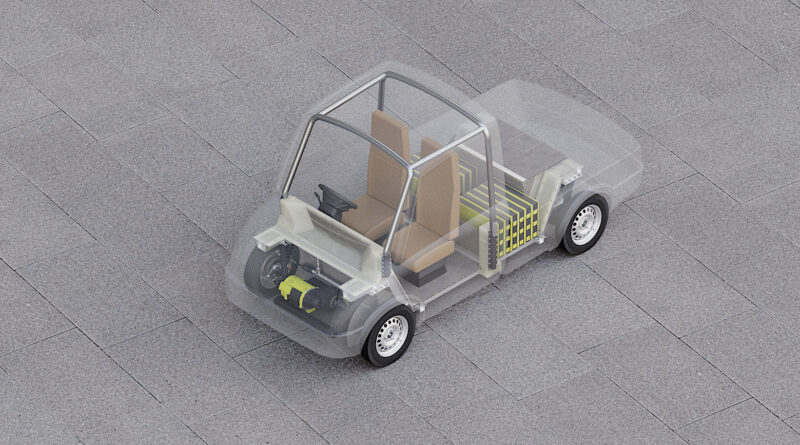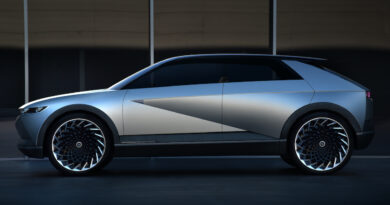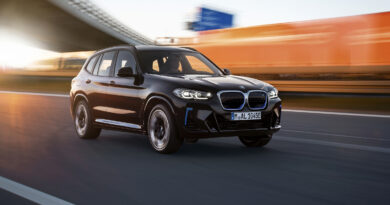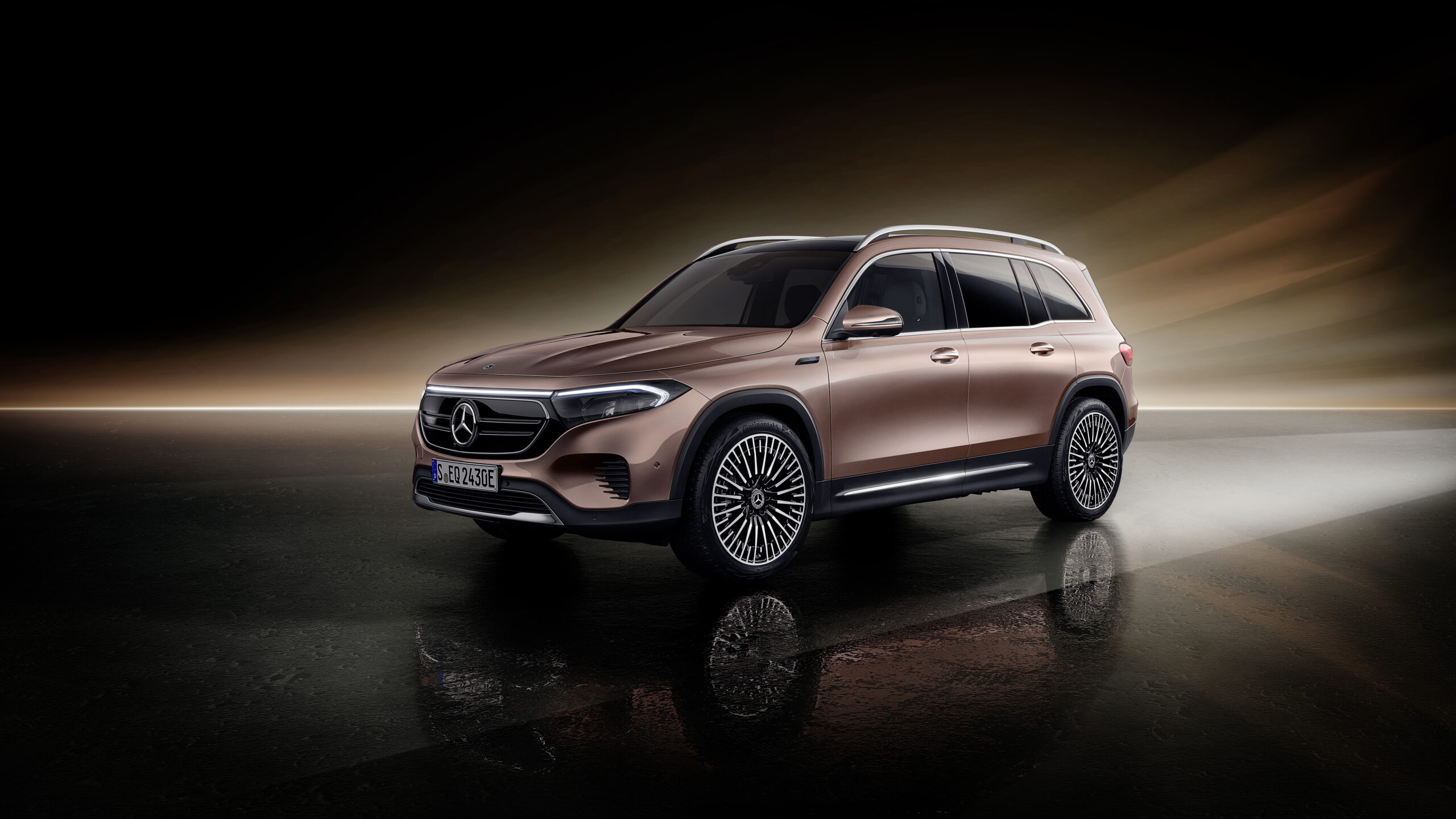Electric tuk tuk planned for Asia, South America
Getting around parts of Asia or South America could soon be a lot quieter and environmentally friendly.
The classic tuk tuk is set to go electric.
British company D2H Advanced Technologies has developed a modular chassis designed to formed the base of an EV tuk tuk replacement.
An electric motor drives the front wheels for up to 12 hours on a charge.
Battery packs sit either between the rear wheels or in the middle of the vehicle, depending on what size the customer chooses.
Two bodies have been designed, including a small box van and an open ute-like vehicle.
But the basic chassis can clearly take all manner of options, with one being for carrying people as part of the basic taxis that operate in countries such as India, Sri Lanka, Thailand and Indonesia.
“The bodywork options demonstrate the versatility of the lightweight new EV chassis – there is a configuration suitable for any use and all at a similar, projected low-cost price point that directly competes with existing Tuk-Tuk alternatives,” says D2H Engineering Director Matthew Hicks.

“We identified a need for a lightweight EV chassis for use in India and Asia in particular, but which could make a significant contribution to the global fight to reduce emissions.
“A detailed design study has ensured that the chassis is able to provide a range of configurations that offer a solution to every need in extremely demanding markets.”
For now the electric tuk tuk is little more than designs and a dream.
But D2H says it is “in talks with a number of potential partners in order to progress to prototype stage”.
Of course, one big hurdle for an electric tuk tuk could be the price.
Such vehicles are bought because they’re cheap, and the prospect of expensive battery packs could significantly detract from their appeal.
D2H has given no indication on how much a production version would cost, except to say it would be “affordable”.




